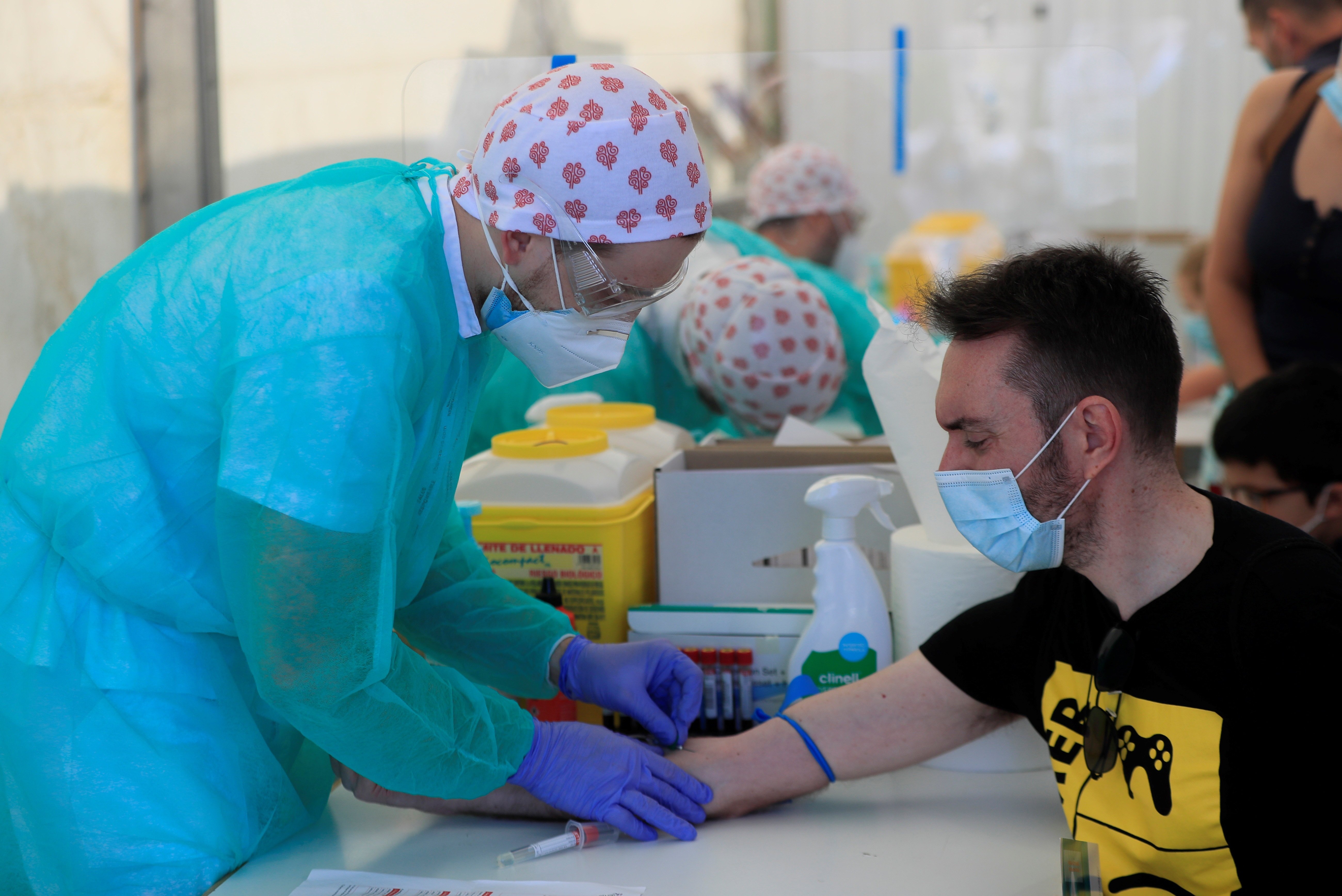While Spain's Congress of Deputies carries out another bitter debate on the sixth extension of the state of alarm, the Spanish health ministry has made public the updated figures on the impact of coronavirus across the state. And the statistical chaos persists. If yesterday Salvador Illa's ministry reported that in the last week there had been 34 deaths, today this seven-day total rises to 63, that is, 29 more fatalities.
On the other hand, if we look at the difference in the total number of fatalities accumulated overall, only one has been added. From 27,127 yesterday to 27,128 today. The 29 extra deaths that the ministry has now attributed to a specific date come from two autonomous communities: 22 occurred in Castilla y León and 7 in Asturias.
The Spanish government's health emergency committee is having serious problems in squaring the Covid-19 information facilitated by the country's 17 autonomous governments.
With regard to new confirmed cases of coronavirus, the ministry's graphs also show a rise, with almost a hundred more than those reported yesterday. In the last 24 hours, 219 positives have been diagnosed through PCR tests.
How many deaths are there really?
Despite the favourable evolution of the data delivered day by day at the Spanish ministry's press conferences, there is a broader picture to be considered. While the official graphs distributed by the government speak of just over 27,000 deaths in Spain from coronavirus, the World Health Organization reports a figure of 29,858 deaths in Spain. At the same time, for days now, epidemiologist Fernando Simón, who has overall responsibility for processing the statistics, has spoken of the possibility that there could actually be "about 28,000 dead". Just a week ago, the country's civil registry released figures from March and April that showed 43,000 more deaths than usual (a 55% increase) had occurred in this period in Spain. In absolute numbers, then, a total of around 15,000 deaths which the official statistics for the Covid-19 pandemic did not account for.
The numbers of the Spanish ministry are still not aligned with those provided every day by some of the country's autonomous regions. One need look no further than Catalonia - but the same pattern of discrepancies can be found with territories such as Madrid, the Basque Country and the Balearic Islands. The difference is explained by the divergence of criteria in data counts. The Spanish government only counts positive cases and deaths which have been given a PCR test confirming the presence of the virus.
Throughout the pandemic there have been ongoing gaps between what the autonomous communities report and what the Spanish ministry ends up publishing. And this makes it impossibly difficult for anyone to have confidence in the overall statistical pìcture being presented.

